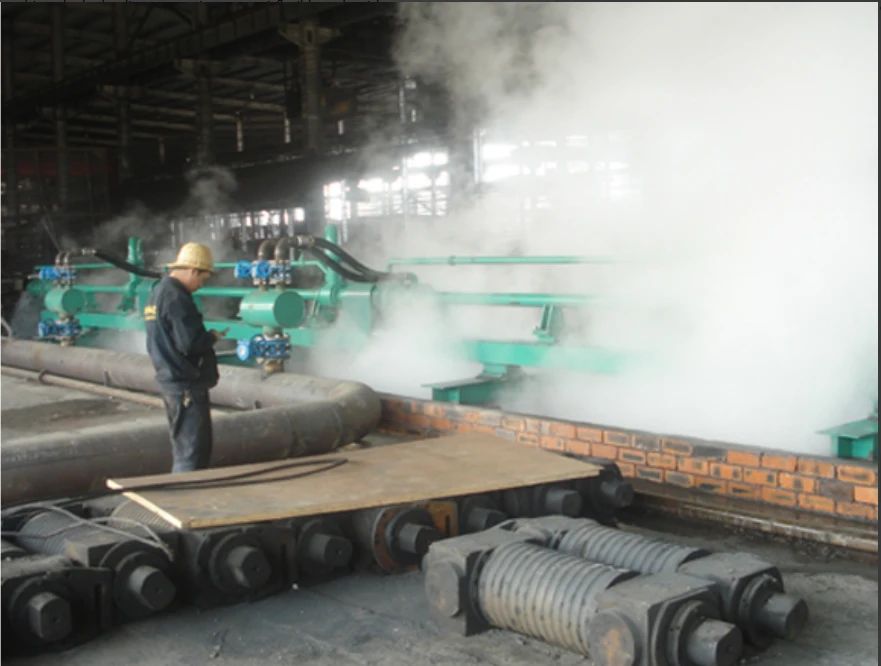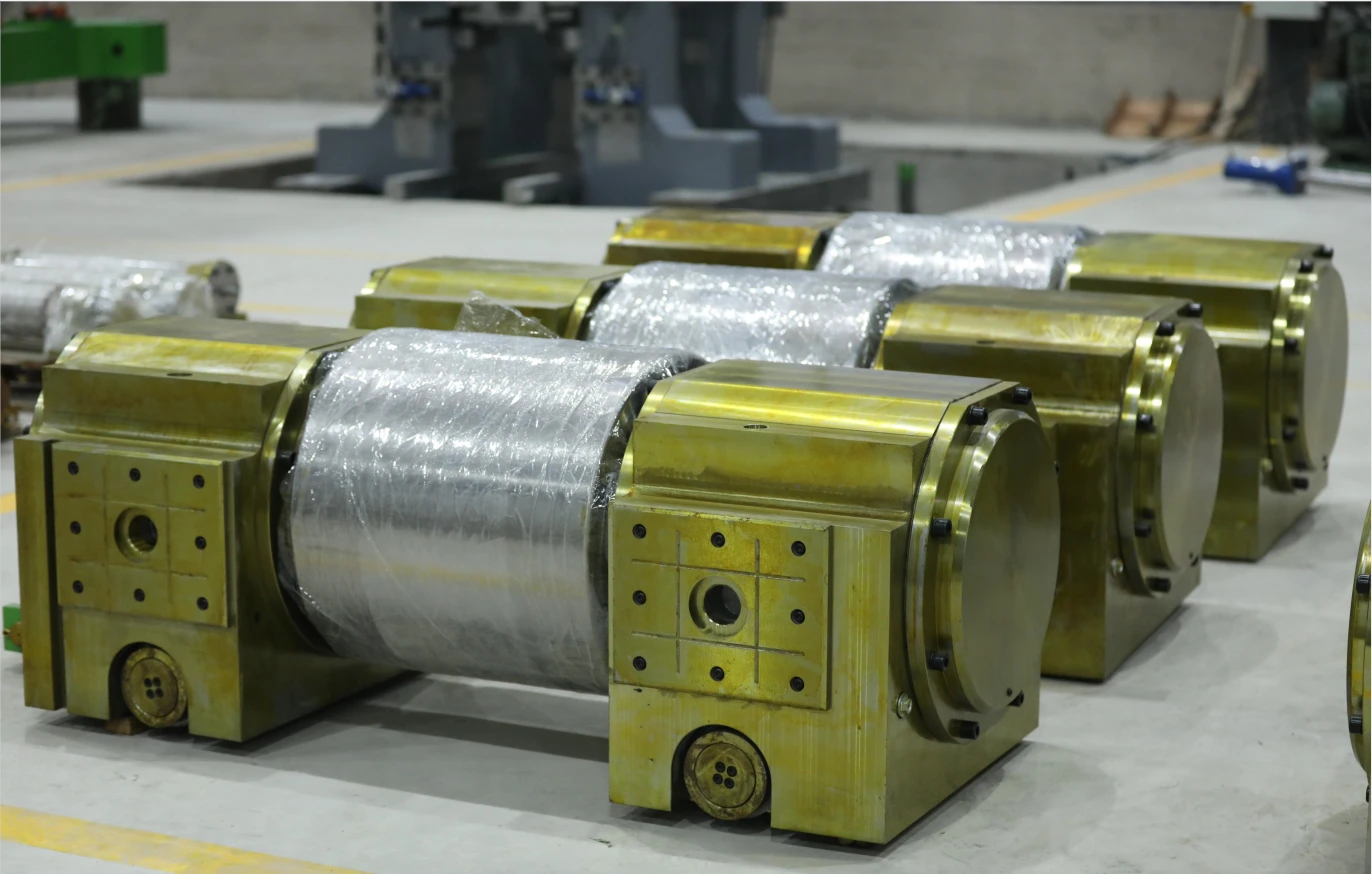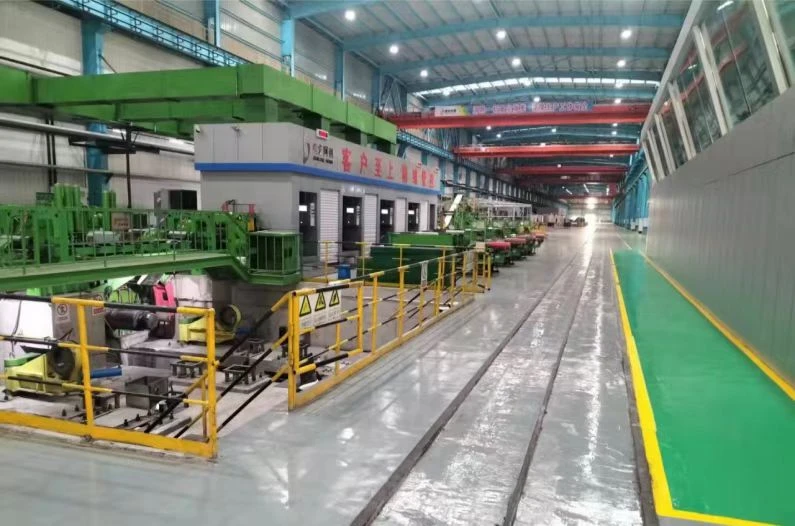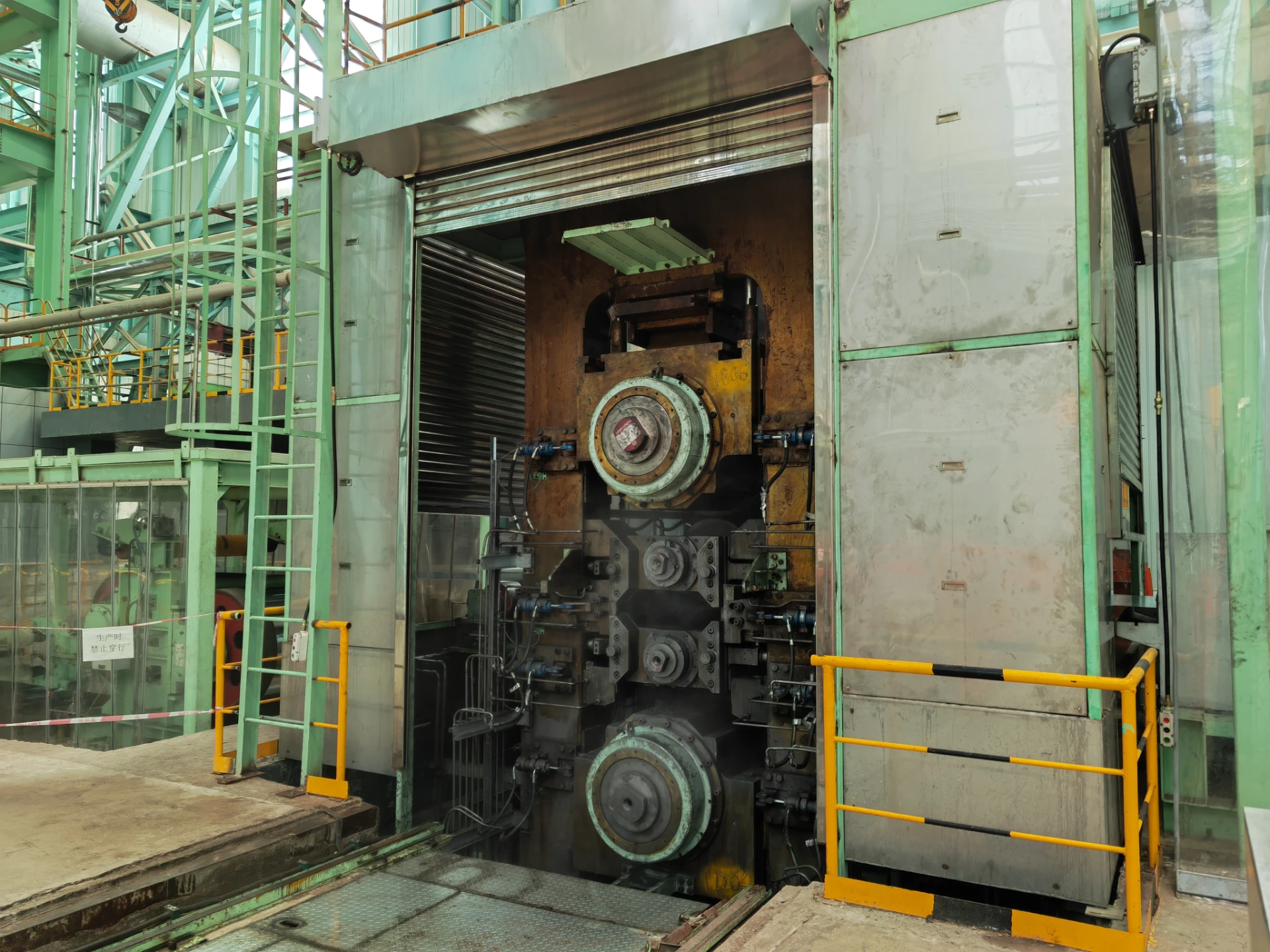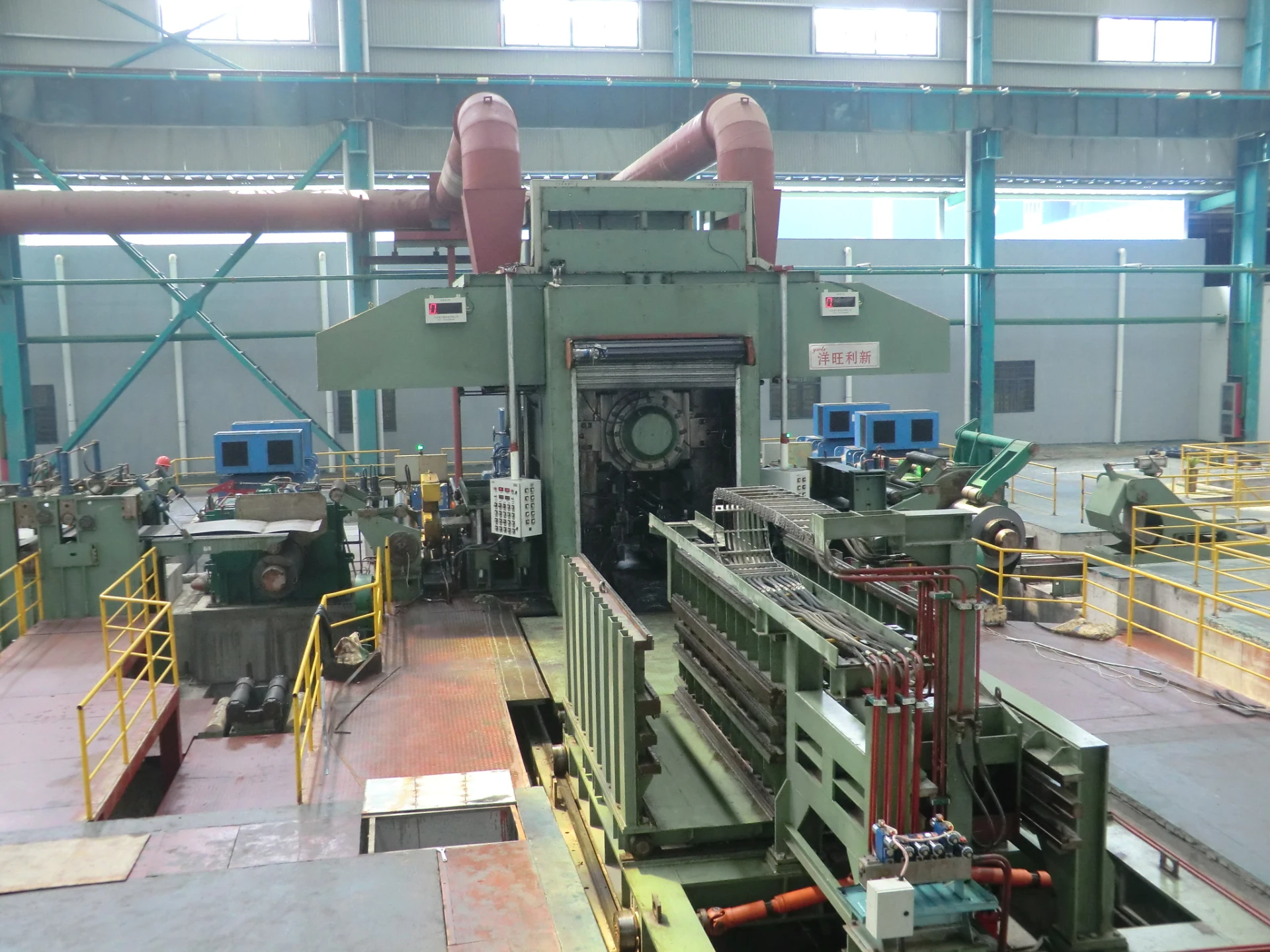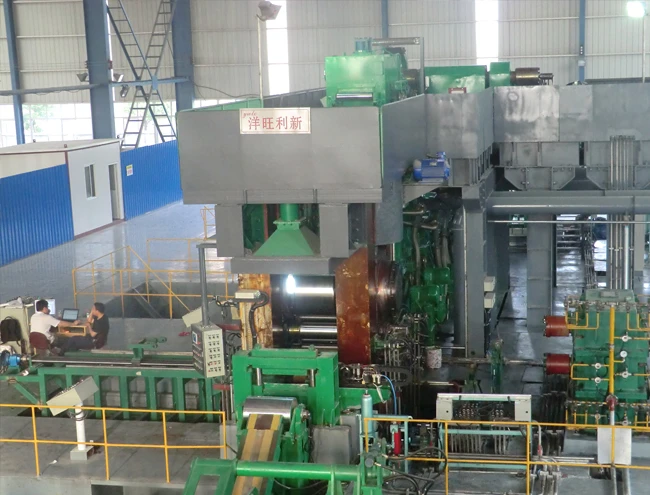
Skin Pass Mill vs. Traditional Rolling Mill: Key Performance Differences
The skin pass mill represents a specialized finishing process in metal production that differs fundamentally from traditional rolling operations. Unlike conventional rolling mills that focus primarily on thickness reduction, the skin pass mill process serves a more refined purpose - enhancing surface characteristics and mechanical properties without substantial dimensional changes. This critical distinction forms the basis for numerous performance differences between these two metal processing approaches. The skin pass mill function goes beyond simple deformation, incorporating precise control of surface texture, flatness, and material structure to meet exacting end-use requirements in industries ranging from automotive to appliance manufacturing.
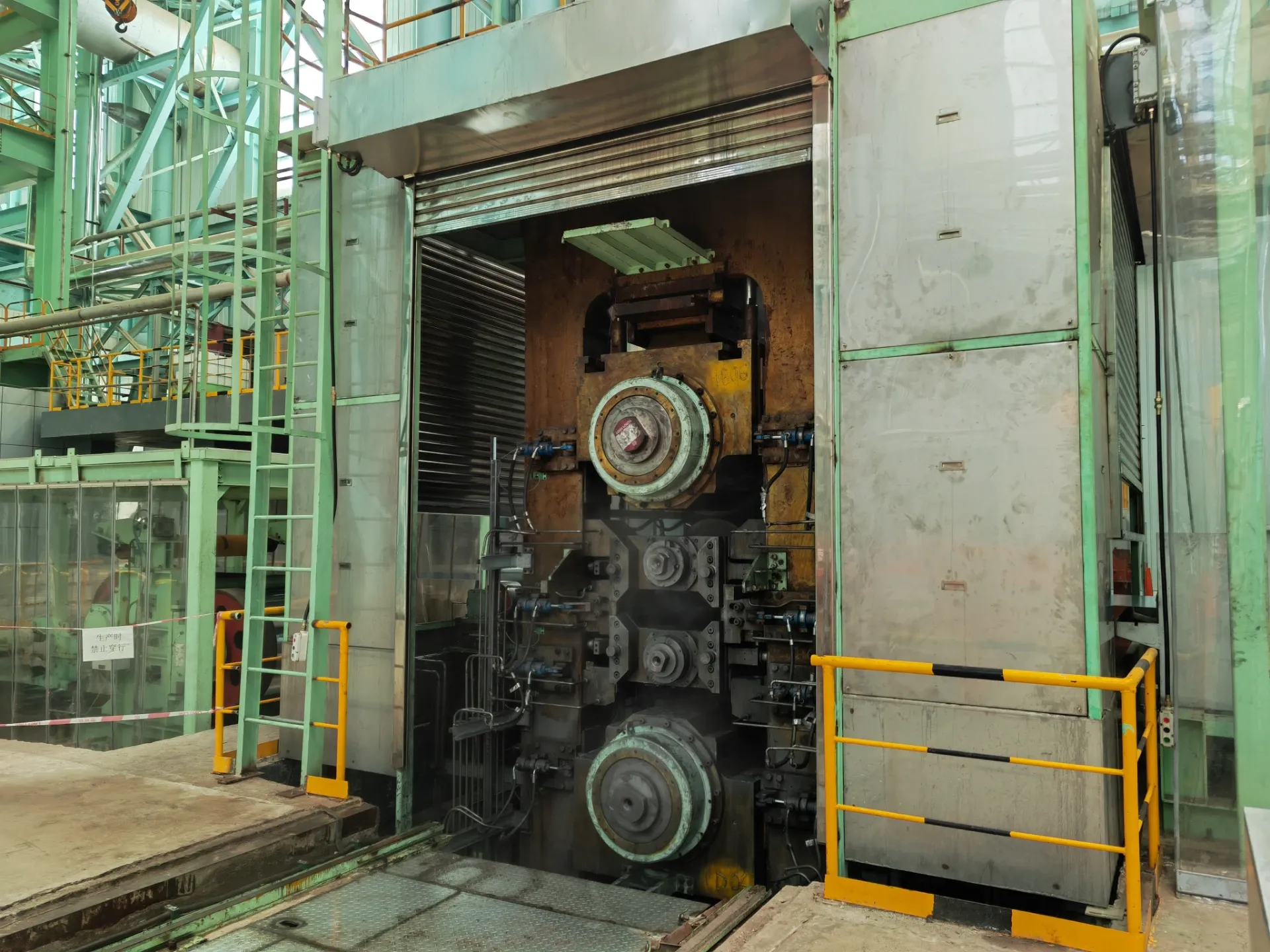
Skin Pass Rolling: Thickness Reduction vs. Surface Enhancement
Traditional rolling mills are engineered primarily for significant thickness reduction, employing massive forces to transform slabs into thinner gauges through successive passes. In stark contrast, the skin pass rolling operation typically applies just 0.5-3% reduction, focusing instead on perfecting the strip's surface qualities. This fundamental difference in purpose manifests in several performance characteristics:
Force requirements (skin pass mills use substantially lower rolling forces)
Speed capabilities (skin pass operations often run at higher velocities)
Roll configurations (smaller diameter work rolls are typical in skin pass mills)
Surface finish precision (skin pass achieves superior texture control)
The skin pass mill process achieves its effects through a delicate balance of tension and compression, creating just enough plastic deformation to modify surface characteristics while maintaining the strip's basic dimensional integrity.
Skin Pass Rolling: Surface Quality and Texture Control
When comparing surface outcomes, the skin pass mill function provides capabilities far beyond traditional rolling. While conventional mills can produce acceptable surfaces for many applications, skin pass rolling delivers:
Precisely controlled roughness profiles tailored to specific applications
Elimination of yield point elongation that causes stretcher strains
Improved surface reflectivity for aesthetic applications
Enhanced coating adhesion properties
The skin pass rolling operation achieves these results through specialized roll texturing techniques and carefully calibrated deformation parameters that traditional mills cannot replicate. This makes the skin pass mill indispensable for premium surface-sensitive products like automotive exposed panels or high-end appliance finishes.
Skin Pass Rolling: Mechanical Property Modification
Beyond surface effects, the skin pass mill process significantly influences the mechanical properties of processed metal in ways traditional rolling cannot match. The controlled micro-deformation of skin passing:
Eliminates discontinuous yielding behavior
Provides more consistent hardness distribution
Improves forming characteristics
Enhances dimensional stability during fabrication
These property modifications stem from the skin pass mill function of creating just enough plastic deformation to reorganize dislocations near the surface without substantially altering the bulk material properties. Traditional rolling, by contrast, affects the entire cross-section uniformly, often requiring subsequent annealing to restore desired characteristics.
Skin Pass Rolling: Operational Flexibility and Product Changeover
The skin pass mill offers superior flexibility in handling diverse product requirements compared to traditional rolling mills. Key advantages include:
Faster transitions between different surface finishes
Quicker grade change capabilities
Broader range of achievable surface textures
More responsive adjustment to customer specifications
This operational agility makes the skin pass rolling process particularly valuable for mills serving markets with diverse, rapidly-changing surface requirements. Traditional rolling mills, with their focus on massive throughput and substantial gauge reduction, are far less adaptable to such frequent product variations.
Skin Pass Rolling: Energy Efficiency and Resource Utilization
From a sustainability perspective, the skin pass mill process demonstrates several advantages over conventional rolling:
Significantly lower energy consumption per ton processed
Reduced roll wear due to lower forces applied
Minimal material loss during processing
Lower coolant and lubrication requirements
The skin pass mill function of producing value through precision rather than brute force translates to more efficient resource utilization throughout the operation. While traditional rolling remains necessary for primary reduction, skin passing provides the finishing touches with minimal environmental impact.
Skin Pass Rolling: Integration with Processing Lines
Modern skin pass mill installations often demonstrate superior integration capabilities compared to traditional rolling stands. Advanced configurations may include:
Direct coupling with continuous annealing lines
Inline tension leveling systems
Integrated surface inspection technology
Automated texture monitoring and adjustment
This level of process integration allows the skin pass rolling operation to serve as a vital link between metallurgical processing and final product requirements. Traditional rolling mills, by contrast, typically function as more isolated process steps within the production chain.
Skin Pass Rolling: Quality Assurance and Process Control
The precision-focused nature of skin pass mill process demands - and enables - more sophisticated quality control approaches than traditional rolling. Modern skin pass mills typically feature:
Advanced closed-loop flatness control systems
Real-time surface topography monitoring
Automated tension profile adjustment
Predictive roll wear compensation
These capabilities allow the skin pass mill function to maintain tighter tolerances on critical surface parameters than conventional rolling processes can achieve. The result is superior consistency in finished product quality, particularly for appearance-critical applications.
The comparison between skin pass mills and traditional rolling mills reveals fundamentally different approaches to metal processing, each with distinct performance characteristics. While traditional rolling remains essential for primary gauge reduction, the skin pass mill process provides unparalleled capabilities in surface enhancement and mechanical property modification. The precision-focused skin pass mill function enables manufacturers to meet increasingly demanding surface quality requirements that conventional rolling cannot address. As end-user expectations continue to rise, the importance of skin pass rolling in delivering premium-quality finished products will only grow, ensuring its critical role in advanced metal processing operations worldwide. Understanding these key performance differences allows producers to optimize their mill configurations for both efficiency and quality in today's competitive markets.
-
YWLX’s 1450mm Six-Hi Reversing Mill Goes Live in BangladeshNewsNov.24,2025
-
Adjusting Roll Gap in 6Hi Reversing Cold Rolling Mill for Thin StripNewsNov.13,2025
-
Quality Control Standards for Automatic Gauge Control in Strip RollingNewsNov.13,2025
-
Effect of Skin Pass Rolling on Metal DuctilityNewsNov.13,2025
-
Key Components of a Modern TempermillNewsNov.13,2025
-
Common Wear Patterns of Work Roll in Tandem Cold Mill OperationsNewsNov.13,2025
-
Revolutionary Skin Pass Rolling Technology for Enhanced Steel QualityNewsNov.04,2025




